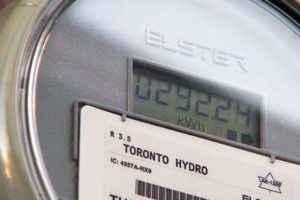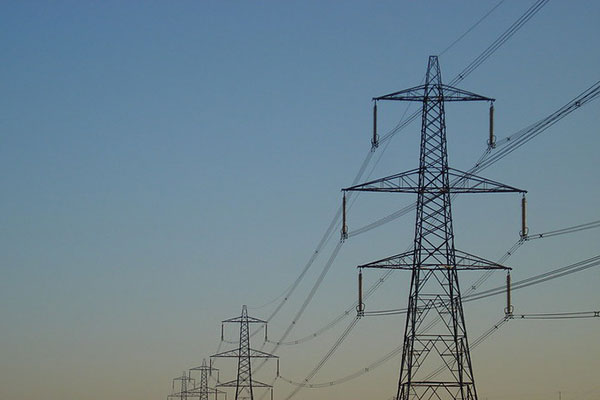- Ontario electricity rates for RPP customers will rise approximately 15% on November 1st, even after the updated 23.5% rebate.
- Tiered, TOU, and ULO plans still leave many customers exposed to high costs during peak usage periods.
- Solar adopters will benefit as these rising rates mean return on investment increases, making self-generation an increasingly viable solution.
On November 1st, Ontario’s electricity pricing will change again. For most households and small businesses, this means another increase in their monthly hydro bill—about 15% on average—even after accounting for the Ontario Electricity Rebate.
That might not sound like much until you realize how relentless this trend has been. Year after year, the price of grid power continues to climb while the promises of “stable” and “affordable” energy grow increasingly out of reach.
The Ontario Energy Board says the latest adjustment is driven by higher-than-expected generation and conservation program costs. Fair enough. But when “off-peak” rates rise to 9.8¢/kWh and “on-peak” rates hit 20.3¢—and 39.1¢ under the Ultra-Low Overnight plan during early evening hours—the message to consumers is clear: use less, pay more, or find a way out.
Three Plans, One Reality

Toronto Hydro electricity meter. (CTV News)
On paper, Ontario offers choice. Customers can select between Time-of-Use (TOU), Tiered, or Ultra-Low Overnight (ULO) pricing.
The ULO plan was supposed to be a game-changer, targeting EV owners and night owls with a rock-bottom overnight rate of 3.9¢/kWh. But with punitive 39.1¢ rates between 4 p.m. and 9 p.m., the savings can vanish if you cook dinner or heat your home at the wrong time.
The Tiered plan offers modest predictability, but in winter, when electricity use spikes for heating, most families easily cross the 1,000 kWh threshold and end up paying the higher 14.2¢/kWh rate anyway.
It’s like rearranging the deck chairs on a very expensive ship.
The Rise of Energy Skepticism

Hydro Ottawa Limited is a regulated electricity distribution company operating in the City of Ottawa and the Village of Casselman in Ontario, Canada. (Credit: Radio Canada)
These changes won’t hit everyone equally.
Lower-income households that rely on electric heating will feel the pinch more than others. Small businesses that can’t shift their operations to off-peak hours will see margins squeezed.
Sure, there are bill assistance programs like OESP and LEAP, but those are stopgaps, not solutions.
The bigger issue is one of trust. For many, electricity pricing has become a black box; complex, unpredictable, and always trending higher. Each “update” confirms a growing suspicion: the rules are rigged against consumers who rely on the grid.
The Solar Argument Has Never Been Clearer

Workers install solar panels on a home.
(Image credit: David Paul Morris | Bloomberg | Getty Images)
There’s a group of people in Ontario who will shrug at this announcement: those who’ve gone solar.
For them, rate hikes aren’t a problem—they’re a data point.
Every price increase makes their decision to invest in solar panels look smarter. Their systems generate power during peak hours when electricity is most expensive. Their payback periods shrink with every OEB announcement.
Energy independence, once seen as a fringe or feel-good goal, is becoming a financial necessity.
It’s Time to Rethink the System
Ontario’s electricity market needs a deeper conversation, one that goes beyond time blocks and rebates.
How do we make energy fair? How do we protect households from volatility? And how do we incentivize solutions—like rooftop solar, battery storage, and smarter appliances—that put power back in people’s hands?
These aren’t fringe questions. They’re central to the future of energy in Ontario.
Because if the last few years have shown us anything, it’s this: betting on lower hydro bills is no longer a safe strategy.
But betting on yourself might be.











Comments